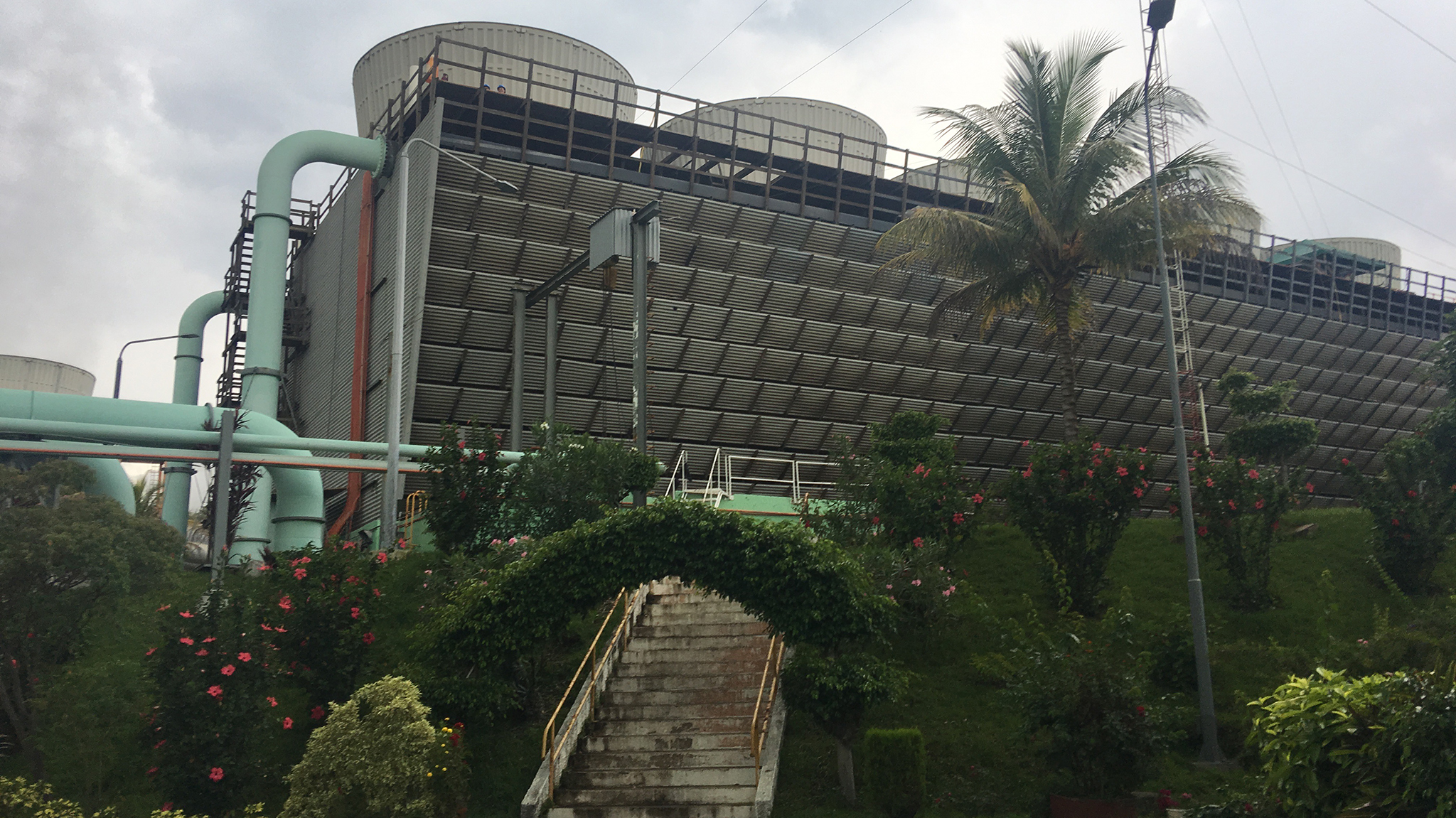
The country has more than 1,000 hot springs and 150 geothermal fields, with a total installed geothermal capacity of over 1,600 MW.
Location Specific
- Turkey has significant geothermal energy potential, with over 1,500 thermal springs and several geothermal fields located throughout the country. Here is a brief overview of some of the major geothermal areas in Turkey:
- Aydin Province: Located in western Turkey, Aydin is home to several geothermal fields, including the Germencik and Yenipazar fields. The Germencik field is the largest in Turkey, with a capacity of over 240 MW.
- Denizli Province: Also located in western Turkey, Denizli is home to the Pamukkale thermal springs, a popular tourist destination known for its white travertine terraces. The area also has several geothermal fields, including the Kizildere field, which has a capacity of over 90 MW.
- Manisa Province: Located in western Turkey, Manisa is home to the Alasehir geothermal field, which has a capacity of over 100 MW. The field is used for both electricity generation and district heating.
- Kutahya Province: Located in western Turkey, Kutahya is home to the Simav geothermal field, which has a capacity of over 50 MW. The field is used for both electricity generation and district heating.
- Izmir Province: Located in western Turkey, Izmir is home to the Seferihisar and Bergama geothermal field, which has a capacity of over 20 MW. The field is used for both electricity generation and greenhouse heating.
- Ankara Province: Located in central Turkey, Ankara is home to the Tuz Golu geothermal field, which has a capacity of over 10 MW. The field is used for electricity generation.
Reinjection
helps to maintain the pressure level in the reservoir. Another important benefit of reinjection is by continuous flushing of the rock matrix by the cooled water, the recoverable energy from the reservoir substantially increases.
Geothermal power
plants largely release only excess steam, with most plants discharging no air or liquid. This makes geothermal power plants a clean source of electricity and an important contributor to the nation's zero-carbon future.
Geothermal energy
is considered one of the most efficient and sustainable types of energy because it's a clean, reliable, and renewable resource. It uses the heat inside the earth's surface to generate electricity and provide heating and cooling.
Geothermal sources
are a renewable energy and will never deplete. Abundant geothermal energy will be available for as long as the Earth exists. It is a renewable energy source from the heat generated by the earth's internal core and is available 7/24/365.
Low carbon energy families:
Geothermal has some of the most potential with the fewest drawbacks.
Solar panels are capable of generating power with zero emissions. The generated power can be used to feed your energy demand, perfectly replacing conventional energy needs with green energy. Every kilowatt of green energy can reduce your carbon footprint by 3,000 pounds annually.
Wind energy is a viable alternative of fossil fuels. It does not emit CO2 or other air pollutants. It runs virtually carbon free for its lifetime.

